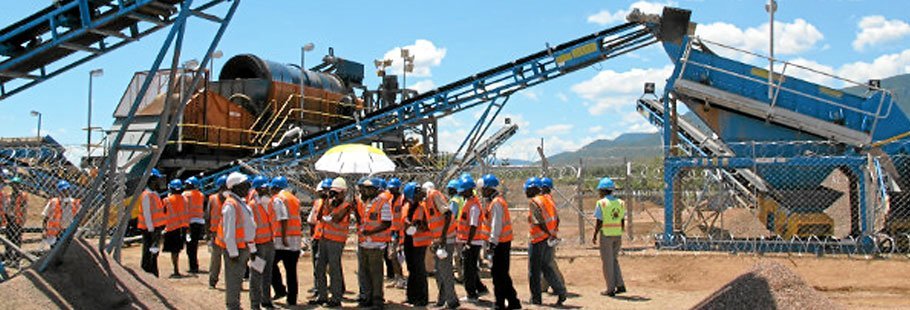
THE Bankers Association of Zimbabwe (BAZ) has said the falling prices of major mineral commodities on the international market were going to worsen the liquidity challenges prevailing in the country.
BY MUSA DUBE
Speaking at the Mine Entra exhibition in Bulawayo recently BAZ representative, Maxwell Sabeta said the declining prices of minerals were a huge setback to the mining industry.
This was going to affect not only the viability of the sector but the investments inflows, the banker said.
By the end of June 2013, gold was trading at US$1 200 per ounce down from US$1 400 per ounce recorded at the beginning of that month. During the same period last year, the price of platinum had also gone down to US$1 300 per ounce from over US$1 500 per ounce.
“In the mining sector unstable international commodity prices are a matter of concern, as they have also adverse effects on the liquidity situation prevailing in the country,” Sabeta said. “We have seen planned cutback in platinum production in South Africa in 2012, and there is strong murmurs that the continued softening of the gold prices will make a large number of marginal mines unviable, forcing further cuts and curtailing investments.”
He said from a Zimbabwe perspective that was bad news, “as most of our ore grades are lower, particularly in the gold sector”. “This means that it becomes more difficult to attract funding for mining projects into Zimbabwe as prices fall,” he said.
Sabeta said the declining prices posed a huge challenge for the country, as gold and platinum were the backbone of the success of the Medium Term Plan put in place by the government.
- Chamisa under fire over US$120K donation
- Mavhunga puts DeMbare into Chibuku quarterfinals
- Pension funds bet on Cabora Bassa oilfields
- Councils defy govt fire tender directive
Keep Reading
Sabeta challenged the local mining companies to seek alternative sources of funding, as the local banking had no capacity to adequately meet their needs.
“There is a need for a paradigm shift from looking for the traditional or conventional funding options for mining ventures to more non-conventional sourcing and methodologies. The non-conventional method simply implies the innovative methods outside the traditional ones,” he said.
“The banks which traditionally have been a major source to provide infrastructure funding, are currently characterised by short-term deposits.” added.
Mineral exports rose by about 230% over the period 2009-2011, making mining the leading export sector.
By the end of 2011, mineral exports accounted for 47% of total exports, led by platinum (43%), gold (28%), and diamonds (20%). The sector has been the hardest hit by falling prices on the international market forcing Treasury to revise its 2013 growth forecast to 5,3% from the 17,1% earlier projected. The sector is also weighed down by power cuts and the absence of long-term funding for re-capitalisation.











